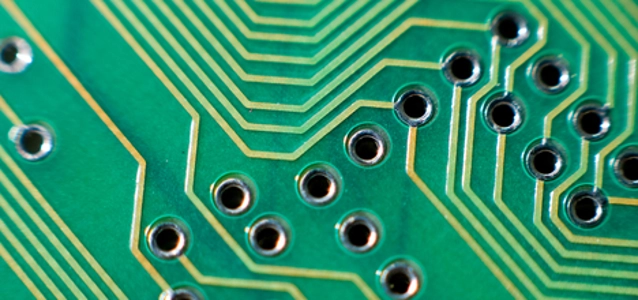
Recovery in sight for Taiwanese PCB Industry
Recovery is now finally in sight for the Taiwanese PCB industry after enduring a year of market correction with the end of the pandemic boom. The global output of Taiwanese vendors in Q3 2023 was NTD 207.1 billion, and while this represented a decline of 18.4% over the same period last year, it also meant a quarterly growth of 22.3%.
There are signs suggesting that the weakness of the electronic component industry is now coming to an end. The 2023 total output of NTD 778.3 billion was weighed down by a variety of negative factors, including weak end-user demand, international conflict, high inflation, and high inventory. This represented a decline of 15.8% from last year, but the overall output was still slightly higher than the 2020 pre-pandemic levels, reports the Taiwan Printed Circuit Association (TPCA).
Closer observation showed that end product sales have begun to recover by Q3. While the sales were mostly reflected by the consumption of channel or client-side inventories and will take time before they have any effect on the upstream component supply chain, the depletion of end inventories will undoubtedly usher in a new period of growth for the Taiwanese PCB industry. Total output is therefore projected to reach NTD 837.7 billion and grow by 7.6% year-on-year in 2024.
Looking back on the performance of individual products for the Taiwanese PCB industry in Q3, IC carriers that are closely linked to semiconductors reported a quarterly growth of 11.2%. The same period last year was an all-time high, but the high baseline meant a decline of 34.3% year-on-year. Four consecutive quarters of market correction meant annual decline had shrunk to just 6.8% for multi-layer PCBs, making it the first PCB product to bottom out and start rebounding. For flex PCBs, smartphone sales are now on the mend, but existing inventories are still being consumed. Weak performance by key notebook customers meant annual output declined by 22.8%. As for HDI, mobile phones and automobiles are showing signs of recovery, but the weakness of the notebook and consumer electronic segments meant an overall decline of 12.2%. Fortunately, the magnitude of decline has shrunk significantly, so demand for HDI is beginning to recover as well.
In terms of production region, China-based production capacity among Taiwanese vendors reached 63.7% in Q3, up from the first half of the year. This is because China mainly produces mobile phones, notebooks and consumer electronic products with distinct peak and off-peak seasons. A higher percentage of Taiwanese production is dedicated to carriers, so adjustments in carrier revenue have a greater impact on Taiwan’s overall performance.
Market correction in the PCB industry had a flow-on effect on the performance of material and equipment supply chains. The deprecation of the Japanese Yen this year also helped boost the market share of Japanese supply chains. Weak demand and over-supply put pressure on the prices of Taiwanese PCB raw materials. Annual output in 2023 is estimated to be NTD 268.8 billion, a decline of 24.9% from the previous year.
A weak market also affects the capital expenditure plans of PCB makers. PCB equipment makers are therefore impacted as well. This year, Taiwanese equipment makers’ total output is estimated to be NTD 56.6 billion, a decline of 15.9% compared to the previous year. However, as more PCB vendors shift their production locations to Southeast Asia, this will inevitably generate more demand for equipment, so related benefits should begin to emerge next year.
Generally speaking, bringing global inflation and rate rises back under control is helping to restore consumer confidence. Customers will start placing orders again once inventories are depleted as well. The 2024 outlook for electronic end products is therefore quite positive. At the same time, ITRI expects the Taiwanese semiconductor industry (including IC design, fabrication, assembly and testing) to grow by 14.1% next year. The Taiwanese IT electronics industry will also grow by 7.57%. Based on the above, the general consensus is that the PCB industry is now on the rebound.
